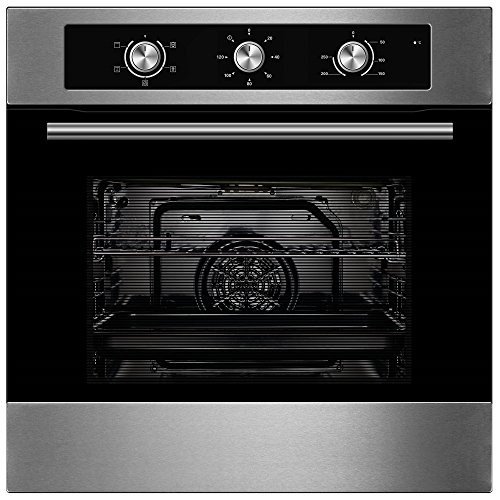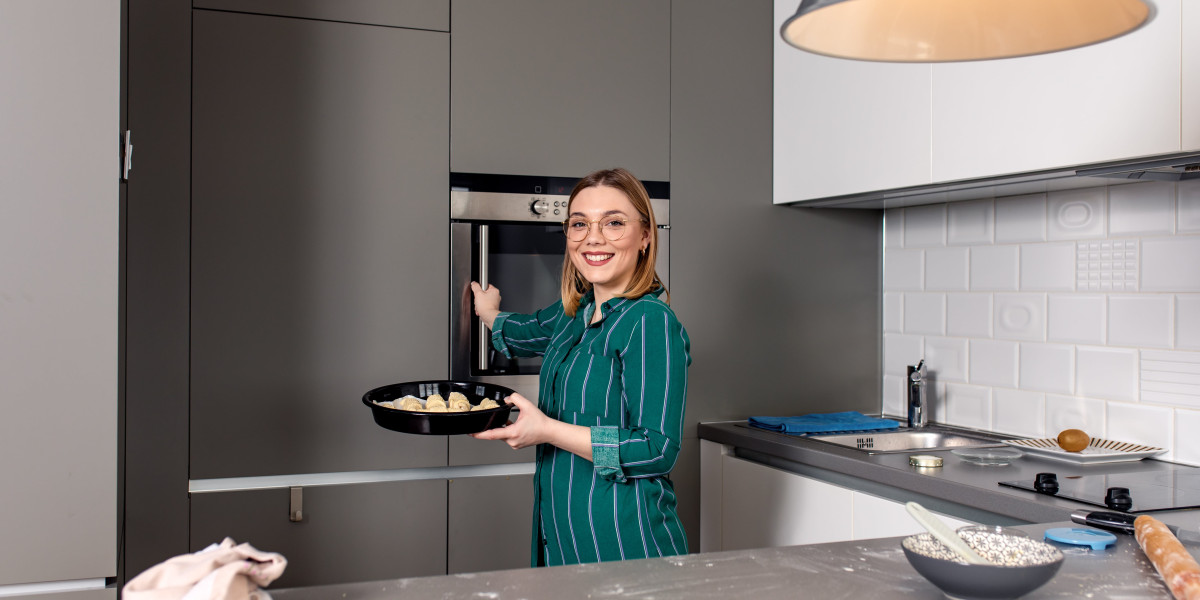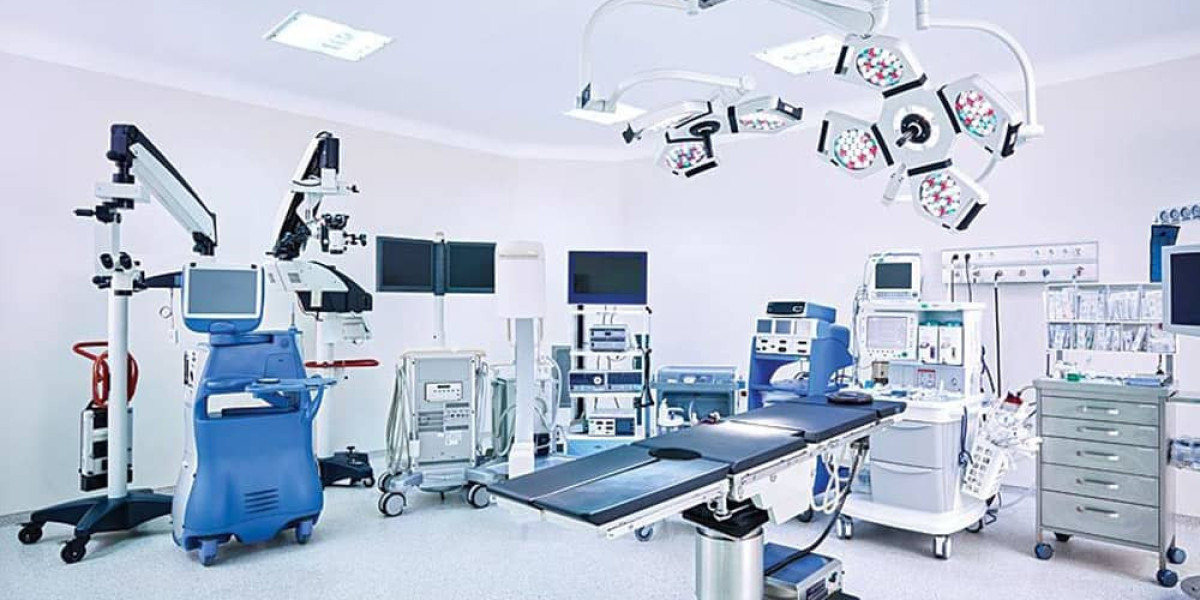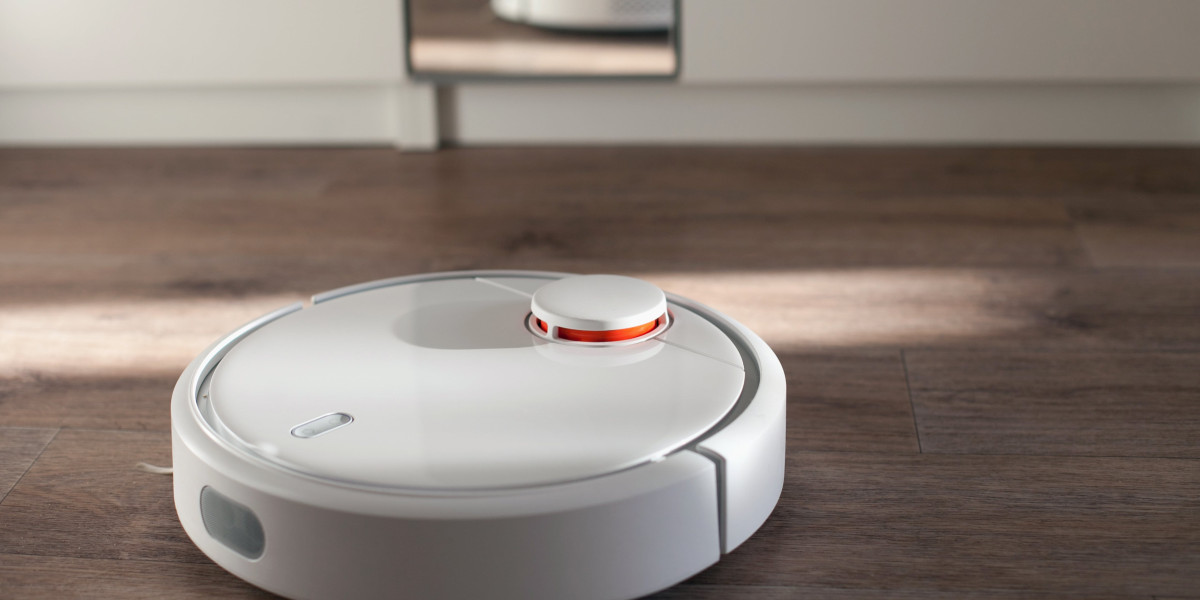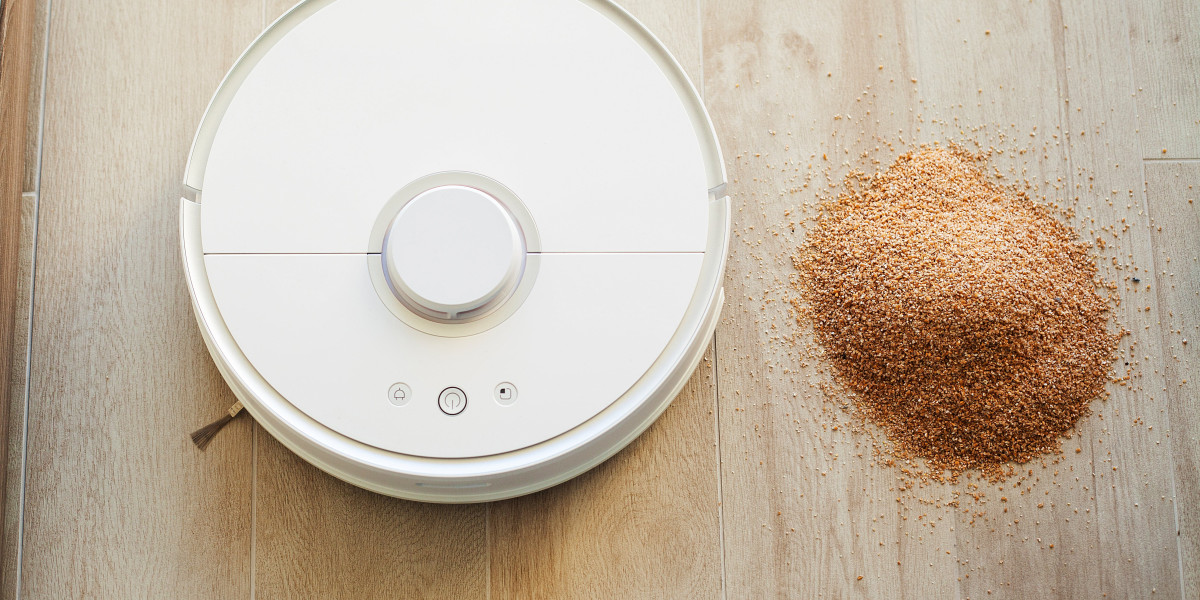We offer a variety of styles, sizes and features that can be adapted to any kitchen.
Solid plate hobs are simple to use and are durable. They have metal plates with sealed surfaces that heat your cookware. They're great for flat-based dishes and are economical to run.
Origins
Ovens are kitchen appliances used to roast and bake food in households around the world. They are typically powered by gas or electricity with bottle gas models available in some markets but ovens can also use other fuels such as wood or charcoal. In a lot of homes, the oven is enclosed by a hob on which food can be cooked. A hob is a type of burner that can be turned on and off. An oven is a closed space that heats food in the middle.
The first ovens were large brick and mud constructions that contained fire to heat food. These ovens were used for baking bread, cooking meat, and other dishes because they contained heat well and maintained a constant temperature. They could also be shared among family members. The open pits and ovens had three major disadvantages they were risky because of the smoke and flames that could be seen from them and they required a lot of fuel (wood) and they were difficult to control the heat and the cooking process.
A solution was found with ovens that resembled fireplaces, with a chimney which shut off the fire to decrease the intensity and amount of smoke and make it easier to control. These were common during the 16th and early 17th century. They were found in wealthy homes with a separate kitchen with a chimney, and more than one oven and fireplace.
In the late 19th century, European ovens had evolved to become a standard feature in home kitchens. This was due to the fact that the oven became essential, since it was more secure and efficient to cook in an oven than over an open flame or using a cauldron. It is also believed that the development and use of ovens coincided with the evolution of cooking techniques and recipes, leading to a greater emphasis on casseroles and meat.
In some recipes, such as those of Nigella she may suggest leaving a pan "on the hob". However this could be confusing because a hob used in British English is a stovetop. The North American equivalent is a range or cooktop, so it could be confusing if you are not familiar with British terminology.
Functions
The oven functions, also known as cooking modes, are preprogrammed settings which control the oven's heating element and fan based on the recipe you are cooking. They are designed to make cooking food more efficiently and effectively, while preserving the flavor and texture.
Most ovens come with a conventional mode that heats from the top and bottom to bake or roast food items. There is also a fan-assisted option that makes use of an integrated fan to circulate air around the oven, which allows for an even and faster heating. There are a variety of ovens and hobs to choose from, and it's important to be aware of the different options to figure out which ones are right for your requirements.
A fan-assisted oven function is ideal for cooking a variety foods. It heats the oven more evenly than a traditional oven, and is great for baking, grilling, and roasting. It is especially helpful for dishes like pizza and pie that require a fast, clean finish. The setting for Fan-Assisted is marked by a zigzag at top and a straight line at the bottom of a square and can help you save up to 40% in cooking time.
Some ovens have grilling features that combine the heat from the bottom of the oven with the top, giving your meals an amazing char. It's great for kebabs made of meat or vegetables, and can be marked by zigzags and straight lines like Fan-Assisted. This is typically used on the lower rack of the oven, so be sure to pay attention to the temperature settings of your oven to prevent overcooking.
Other oven functions include slow cooking baking, proofing bread and pastries, and other things. These are often preprogrammed and create a controlled, warm atmosphere to help rise dough and develop flavours.
Some ovens have steam functions that are ideal for creating healthy and nutritious meals. It imparts a delicate, rich flavor to baked goods such as poultry, vegetables, and custards. This feature is activated by placing water into the reservoir of your oven and then turning it on. Some models will even adjust the amount of steam automatically depending on the temperature selected.
Types
There are a variety of ovens and hobs available on the market, ranging from traditional gas to modern electric models. It is essential to choose an oven and hob that is suitable for your needs. It is worth considering features such as self-cleaning and intelligent capabilities too.
Gas ovens are a popular option and work well in the majority of kitchens. They typically come with burners with rings and an grate that the pans sit on which emits heat, so they are simple to use. Gas hobs are also known to be energy efficient and offer precise temperature control, meaning they can cut down on your utility bills. They can take longer to warm up than electric hobs, and they can be more difficult to clean with the residue.
Electric hobs come in a variety of different styles, including ceramic and induction. Induction hobs are more expensive, however they are energy efficient because the hob only heats up when you place an item on it. They are also cool to the touch, making them safer for children, and are quick to warm up. They are also slow to cool down and do not heat up evenly.
Plate hobs are another stalwart of the kitchen, offering an array of cooking zones, all on a flat surface that sits underneath your kitchen appliances. They offer a stylish modern design that look sleek and match the majority of kitchens. They are difficult to clean because they contain multiple zones of uneven heating. If they are not properly cleaned they could leave burn marks.
The most commonly used type is the built-in single-oven. These can be installed on top of a stove, or at eye-level in a built-in cabinet. They are often big enough to hold a large meal and come in various sizes, so be sure to take into consideration your family's size when you choose an oven. They can also be found with additional options, such as an oven with a grill or a steam function.
Installation
If you're planning on installing a brand new oven or replacing an old one, it might be worthwhile to hire an electrician to manage the installation for you. This will ensure that the electrical circuit is properly installed and that your new appliance is safe to use. A licensed electrician will be able to adhere to local regulations and ensure that the installation is in line with all applicable safety codes.
Before you begin the process of installing your new electric oven or hob you'll need all the necessary supplies and tools available. This includes wire nuts, electrical tape, a screwdriver, an electrical circuit tester and conduit. It's also important to test the electrical power supply in your home and ensure it can withstand the demands of a brand new electric oven and hob.
The first step in the process of putting in a new stove and oven is to take out any old appliances. Find the screws or bolts holding the old appliance and take them off them carefully. After the appliance is removed, the space where the new one is installed must be clear of any obstructions. The junction box needs to be erected, as well as the conduit connected to the electrical supply. It is crucial to follow the directions of the manufacturer and any local regulations.
After electrical connections are completed then the oven and the hob can be lowered into place. The fitter will then use the clips that came with the hob to hold it in place and ensure that it is flush with the worktop. The fitter will then test the hob to make sure it is operating properly.
If you're planning to install a gas hob and oven, it's a good idea hire a professional for the task. Gas installation isn't as straightforward as plugging in an electric oven and requires the assistance of an CORGI certified engineer to connect the pipework. It's also a good idea to get a cooker hood installed in case you don't have one, as it can help in ventilating your kitchen and is required by Part F of the Building Regulations.
